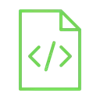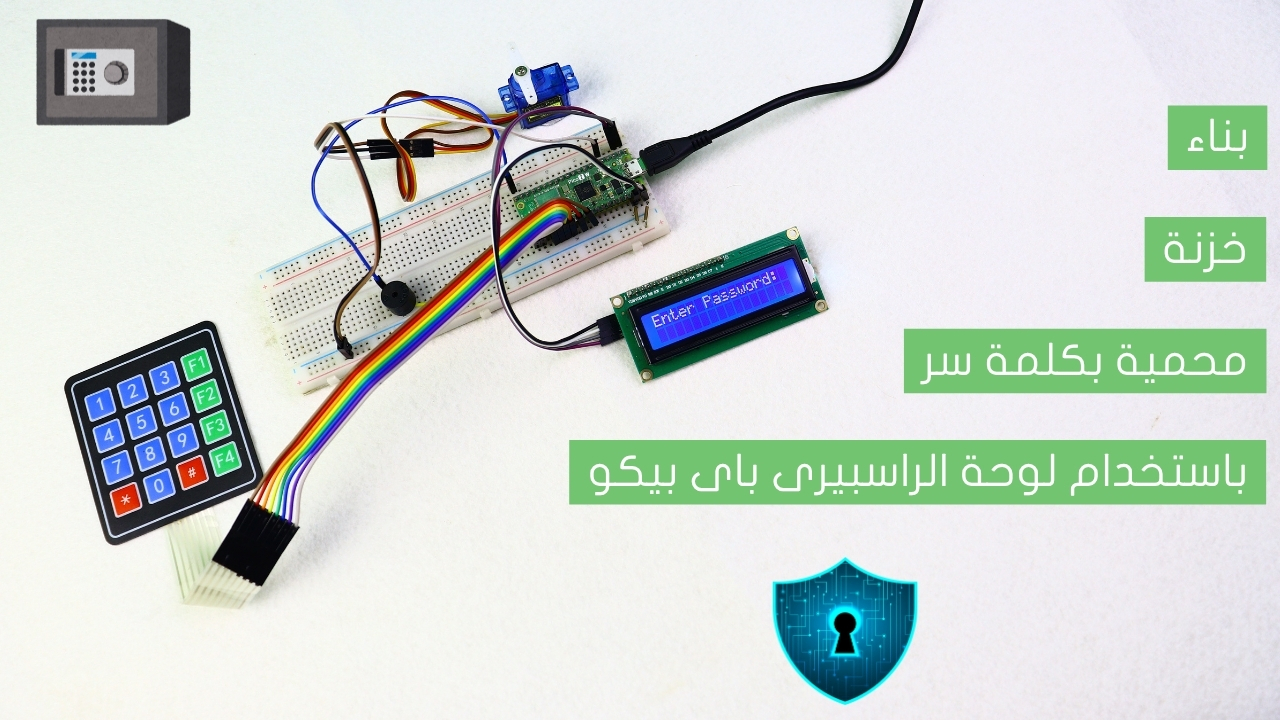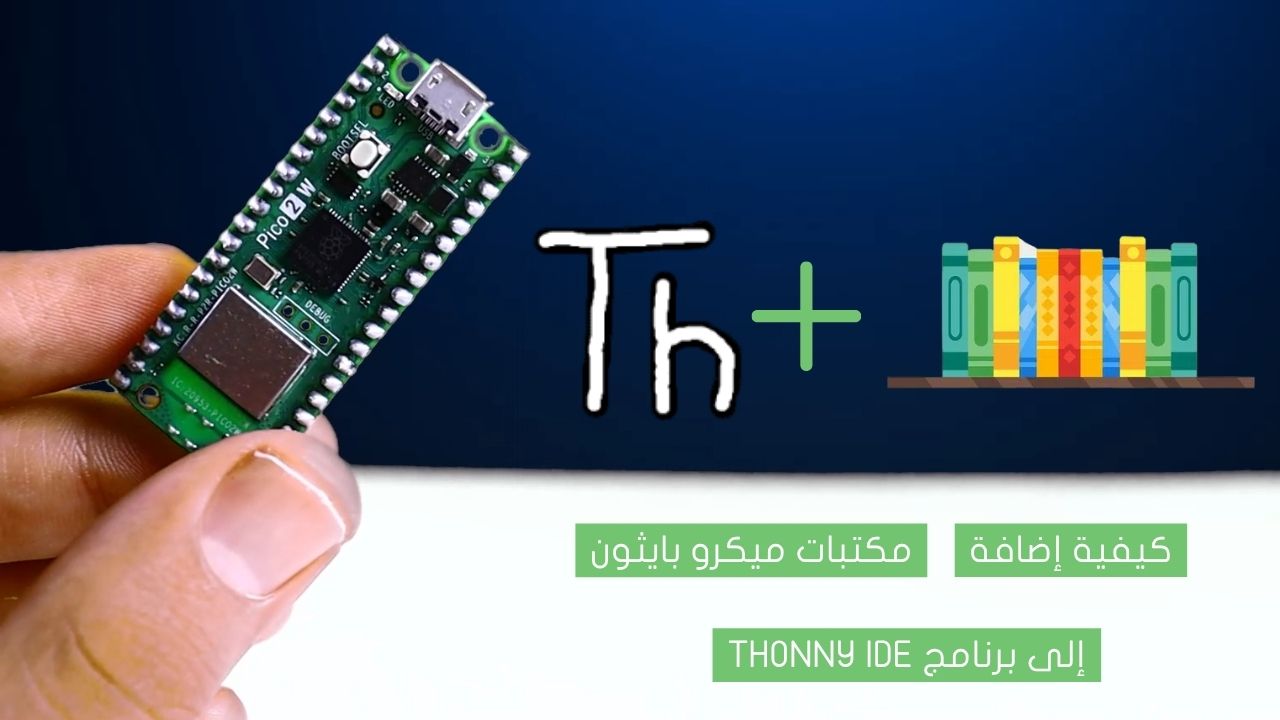
Display data to LCD using Arduino
.gif)
In your daily life, you deal with many devices that have an LCD display. These LCDs help the user to interact with different devices and use them more easily. LCDs are used in a range of everyday applications, including the automobile radio and the house air conditioning remote. They display data and let you control it through menus.
Project Video
Overview

In this tutorial, we will print data on your LCD using the Arduino. It is basic and straightforward. Let’s find out more together.
Getting the Items
Steps
Wiring it Up

Connect the Arduino to your computer using the USB cable, as shown in the image below.

Connections from the Arduino to the LCD:
- Arduino GND pin → I2C module GND pin
- Arduino 5V pin → I2C module VCC pin
- Arduino pin A4 → I2C module SDA pin
- Arduino pin A5 → I2C module SCL pin
Coding

Testing it Out

.gif)
When you upload the code to your Arduino board and connect the LCD to the I2C module as described before, you will see the LCD show the words “Voltaat Store” starting at the third column and first row since we made this function lcd.setCursor(2, 0).
The second row then prints “You are welcome!” starting from the first column.
The delay function was used to animate it. Makes the words appear and disappear at different times. Play with different delay values in the code and find out different outcomes!










